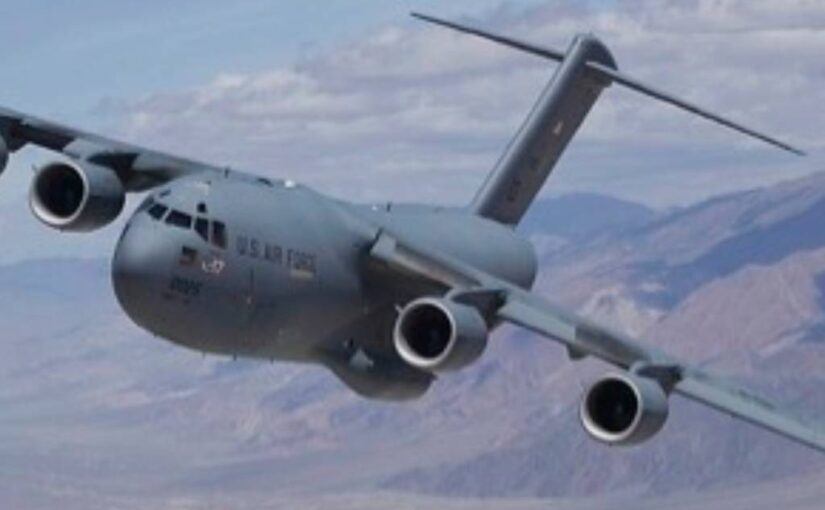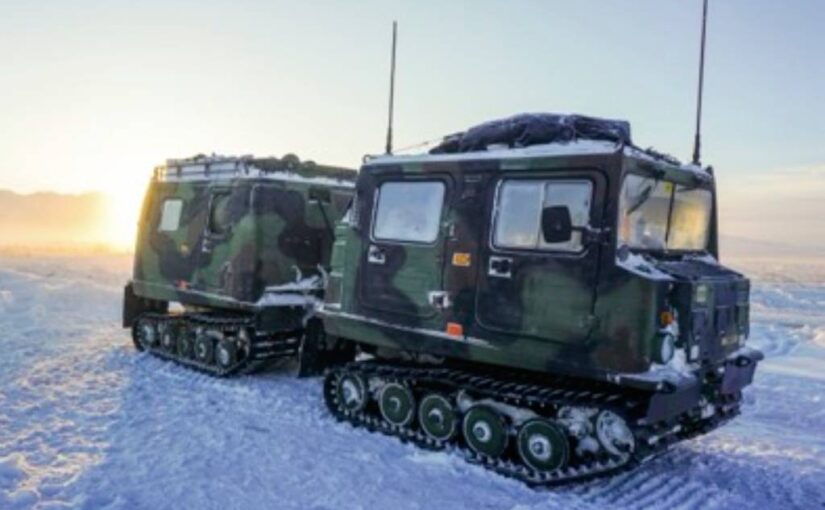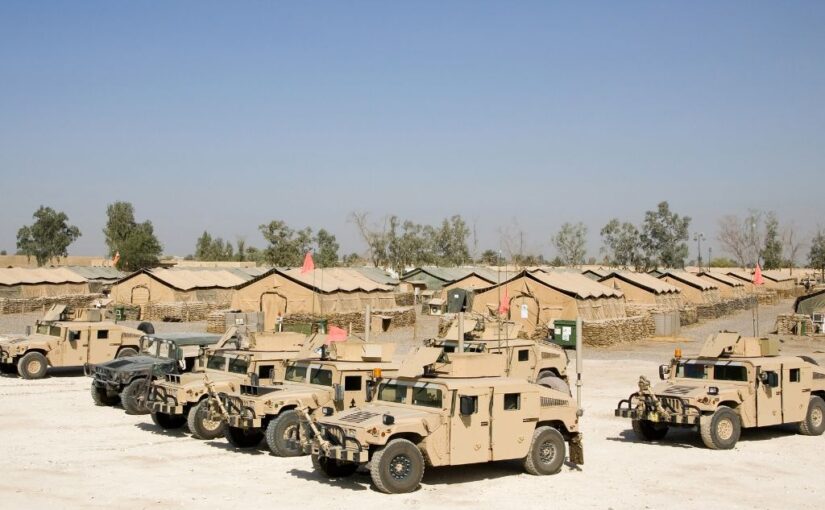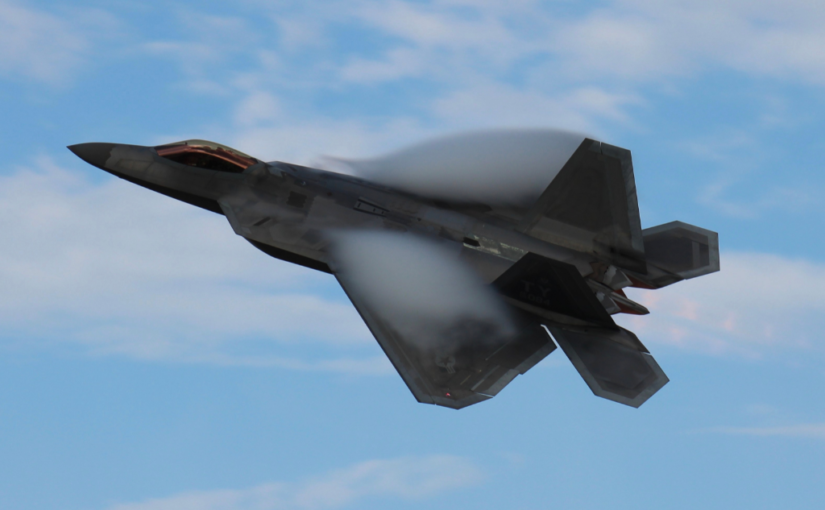MIL-STD 810, Method 513 Acceleration Testing is performed to evaluate whether products can withstand steady state inertia loads and the effects of acceleration forces. It is also used to ensure that material does not break apart and become hazardous after exposure to crash inertia loads. The acceleration testing lab ensures that materials do not break apart and become hazardous after exposure to crash inertia loads. Inertia loading is also commonly referred to as G force. Typical applications for MIL-STD-810 Acceleration Testing are for products installed in helicopters, aircraft, aerospace vehicles, and missiles. The latest revision is Method 513.8 from MIL-STD-810H.
Some of the Failures caused by Acceleration Forces are:
- Structural deflections that interfere with operation
- Permanent deformation, structural cracks, and fractures
- Broken fasteners and supports that result in loose parts within products
- Broken mounting hardware that results in loose material within an assembly
- Electronic circuit boards that short out and circuits that open up
- Inductances and capacitances that change value
- Relays that open or close
- Actuators and other mechanisms that bind
- Seals that leak
- Pressure and flow regulators that change value
- Pumps that cavitate
- Spools in servo valves that are displaced causing erratic control system response
DES is the right choice for MIL-810 Acceleration testing. DES has extensive experience performing acceleration testing and has a state-of-the-art centrifuge capable of performing MIL-STD-810 Acceleration testing.
Comprehensive MIL-STD-810 Acceleration Testing Lab
MIL-STD-810 acceleration testing lab services are essential for products subjected to high acceleration environments. Delserro Engineering Solutions (DES) is equipped with the expertise and state-of-the-art centrifuge to perform these rigorous tests.
The product is mounted on a fixture using hardware that is normally used in its service installation. The fixture is then mounted to DES’s centrifuge. If it is an operational test, the device under test is powered and monitored through DES’s slip rings. The centrifuge is brought up to the speed required to induce the specified G level. The G force is maintained for at least one minute after the centrifuge rpm has stabilized. The testing is performed in six directions (1 positive and 1 negative direction along 3 orthogonal axes).
Upon completion of the acceleration test, DES will promptly deliver a detailed test report that includes acceleration plots, test observations & results, color pictures of the setup and color pictures of any failures.
Procedures in MIL-STD-810 Acceleration Testing:
- Procedure I – Structural Test. This procedure is used to demonstrate that items will structurally withstand the inertia loads induced by in-service accelerations. The test item is non-operational.
- Procedure II – Operational Test. Procedure II is meant to evaluate whether devices will operate properly while being subjected to a specified G-level.
- Procedure III – Crash Hazard Acceleration Test. Procedure III is intended to verify that material will not fail and break apart during a crash, becoming hazardous to equipment or personnel. This is a critical aspect of MIL-STD-810 Acceleration Testing.
- Procedure IV – Strength Test. Procedure IV is an alternative to acceleration testing. It is suitable for testing relatively stiff components, electronics boxes, instruments, or space vehicles. It is performed as a sine burst test in which the test article is subjected to a few cycles of sinusoidal input below its first resonant frequency to expose the hardware to a quasi-static loading.
DES: Reliable MIL-STD-810 Testing
When it comes to MIL-STD-810 Acceleration Testing, selecting the right laboratory is crucial for accurate and reliable results. DES stands out for several reasons:
- DES has run numerous MIL-STD-810 Method 513.8 Acceleration tests for military manufacturers
- DES’s lab is A2LA accredited to MIL-STD-810, Method 513 Acceleration Testing
- DES has a state-of-the-art centrifuge with many slip ring lines to power and monitor operation of a product’s data transmission and RF transmission.
Contact us today to discuss your MIL-STD-810 testing with one of our engineers.











